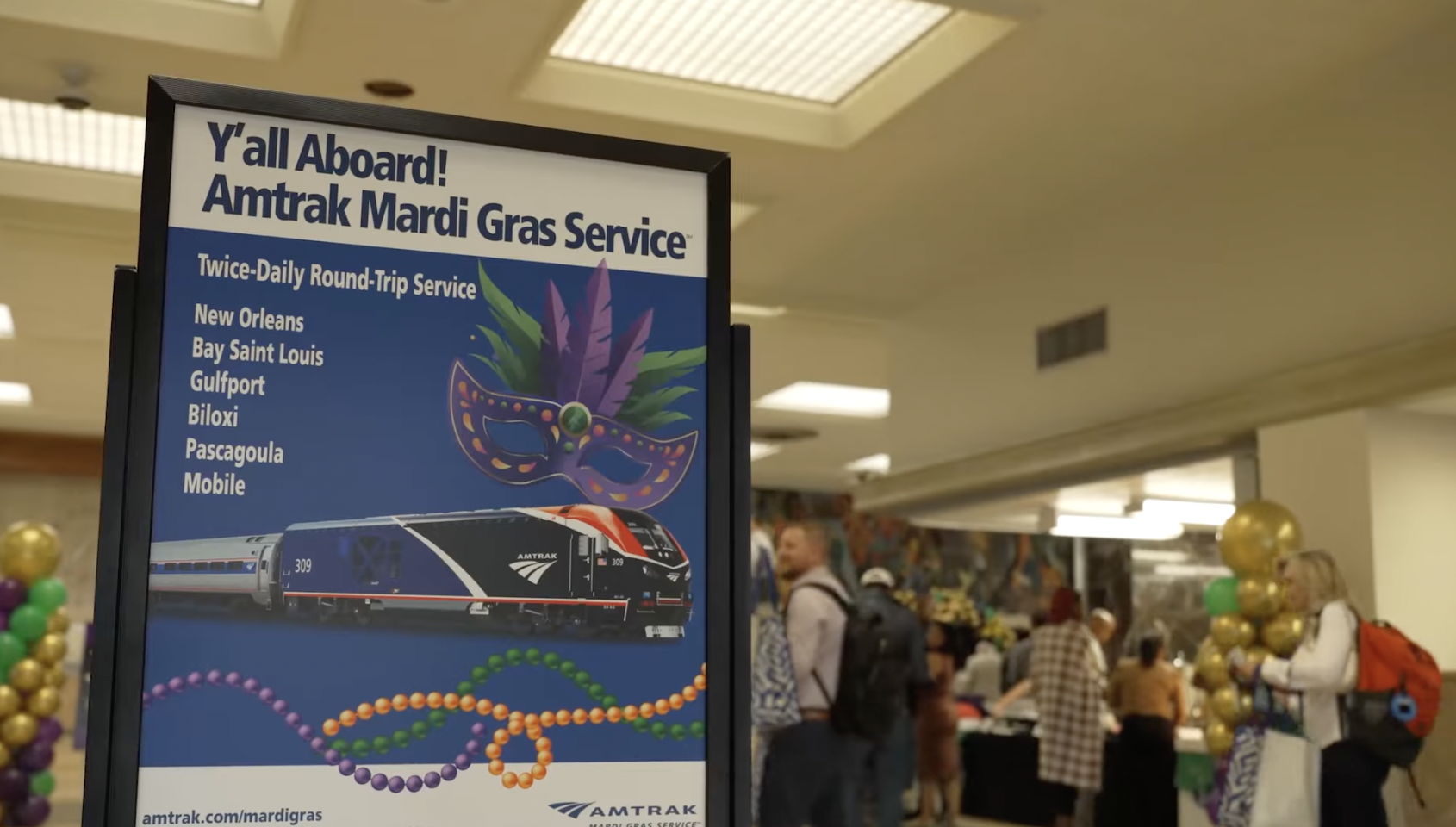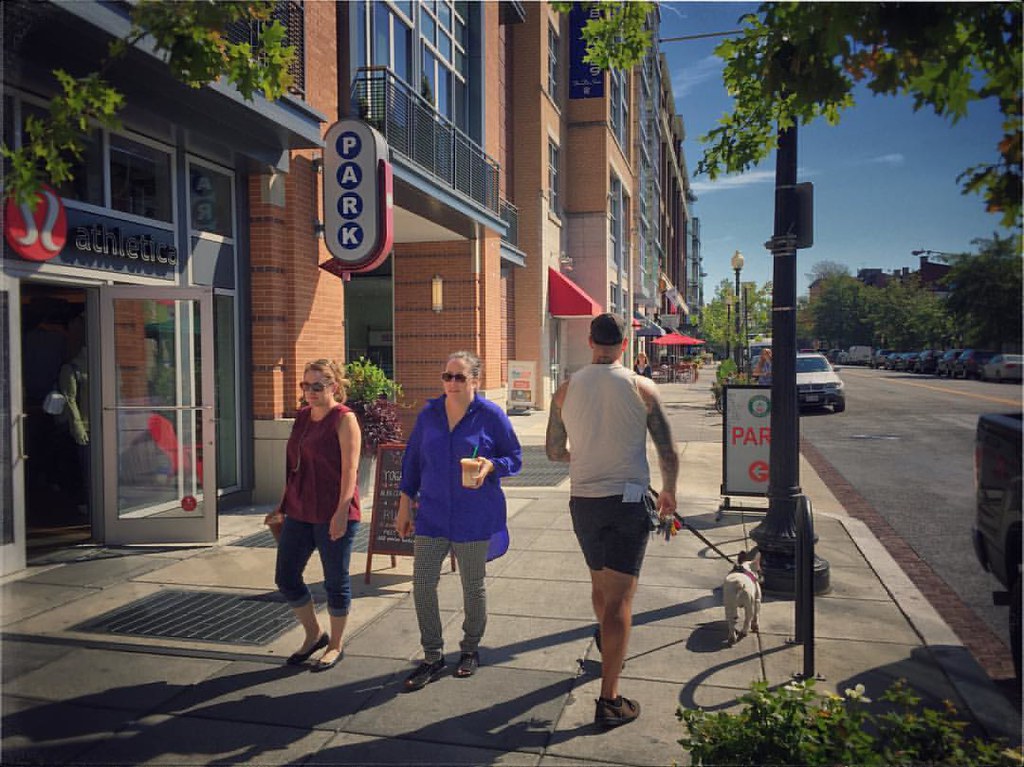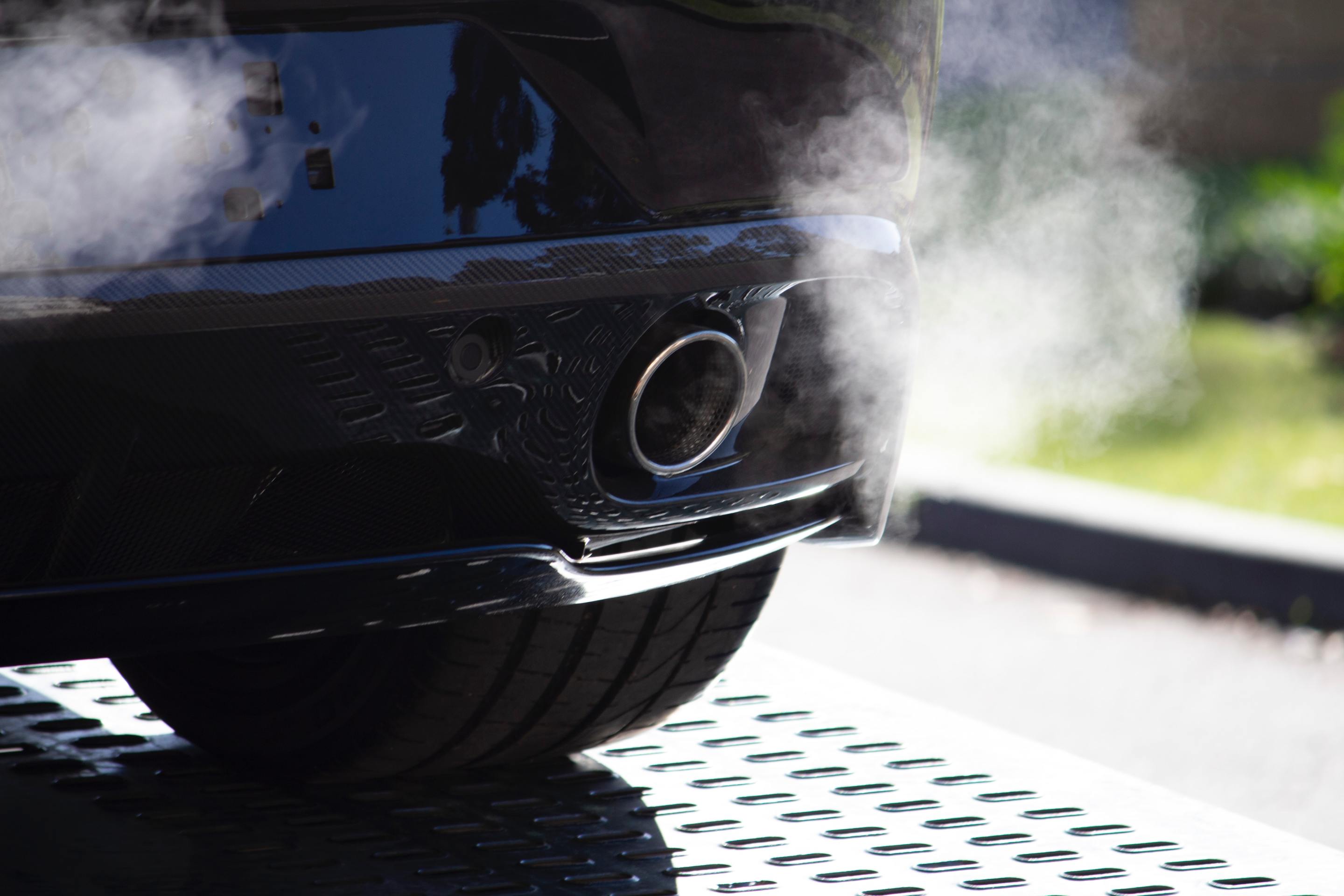In 1951, Milton Friedman coauthored a paper on road pricing. It would be a mere footnote in both Friedman's career and in the intellectual history of road pricing, if not for one sci-fi flourish: The authors propose painting radioactive material alongside expressways, so that road operators can charge drivers using car-mounted geiger counters. Obviously, this suggestion was never heeded, but it says something about the economics profession’s hunger for pricing roads that a future Nobel laureate would set his imagination to Bradbury mode to advance the cause. Ken Livingstone, mayor of London, later credited Friedman with inspiring London’s pathbreaking congestion charge.
Since the 1920's, economists have nurtured an elaborate theory of road pricing rules, but until recently, it has never been very practical to price roads on a per-mile, time-variable basis. The time and money wasted collecting the money weren’t worth it. The digital revolution, however, has recently given us E-ZPass, online bill-pay, database computing, and even plate-reading cameras. Putting a price on roads that varies according to demand, or "congestion pricing," is suddenly practical.
To economists, the problem with congestion is that some drivers are harming other people to get something they don't even need. It's like if you were slightly hungry but you ate a starving child's Thanksgiving dinner. For a congested road, an extra car harms travelers already on the road by slowing down their cars and buses. I've illustrated this time cost with the following cartoon:
Of course, it's all right to consume other people's time if your benefit from driving is sufficiently large. We just want to make sure your trip is "worth it," and the way our society makes this determination in the division of other resources is by charging money.
Obviously, the test of "willingness-to-pay" is unhelpful when the price tag is impoverishing -- surgery, for example. But the rush-hour congestion price typically hovers in the movie ticket bandwidth of $5-12. American society comfortably asks drivers to purchase cars, insurance, and gasoline, so there's no compelling social justice argument against a price for road use -- especially at hours when the marginal car wastes hundreds of minutes and begets carcinogenic pollution via the start-stop of pistons in gridlock.
Some people assume that only an extraordinarily high price could curb rush hour driving. After all, people need to go to work. This is where a economist's view most sharply diverges from an average person's. Economists assume that, as the price rises, a continuously growing number of would-be drivers will forgo or delay a car trip. To lay folk, on the other hand, there’s a high and sudden tipping point: below this price, everyone drives; above it, only millionaires hit the road.
I believe this error is due to our tendency to let the most "representative" member of a set stand for all members. The representative driver is a working stiff with no other options. Fortunately, the benefits from congestion pricing don’t require such a person to stop driving at rush hour. They only require some would-be drivers to stop. You can see how in this cartoon:
Others say adequate public investment in transit and/or roads would render pricing unnecessary. Fundamentally, though, pricing is a revenue source, while added capacity is an expenditure, so there is no trade-off between the two solutions. Imagine someone at a school board meeting saying, "Why raise property taxes when we can build more schools?"
The more enduring mistake, however, is believing that the amount of traffic is a fixed quantity. In reality, traffic volume expands to fill capacity, because how much people want to drive depends crucially on how bad driving is. Two University of Toronto researchers recently studied U.S. metros and found:
Increasing lane kilometers for one type of road diverts little traffic from other types of road. We find no evidence that the provision of public transportation affects [vehicle kilometers traveled].
You can see my animated take here:
Finally, even though we normally talk about congestion pricing in the United States, road pricing can also curb pollution and roadwear on uncongested highways. Germany has used road pricing to manage truck hauling, as illustrated:
Lewis Lehe is working toward a Masters in Transport Economics at University of Leeds in England. He's created a website, PriceRoads, to raise awareness about congestion pricing and other types of road pricing, He'd appreciate your views and comments, at priceroads@gmail.com.





